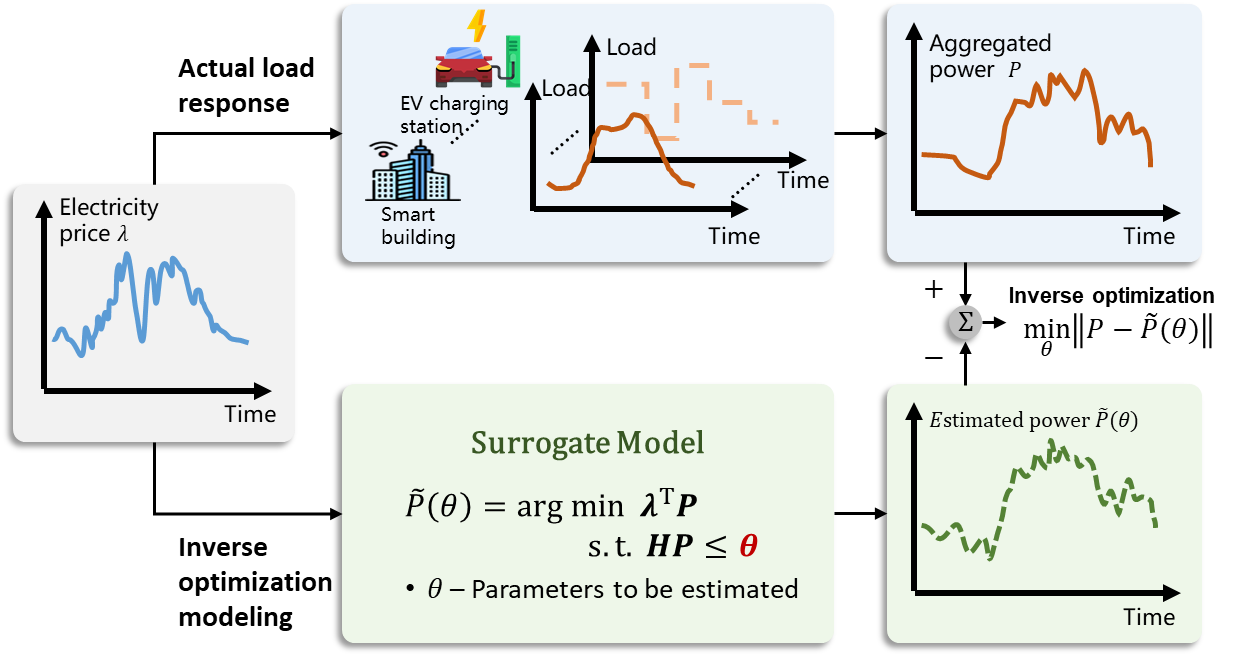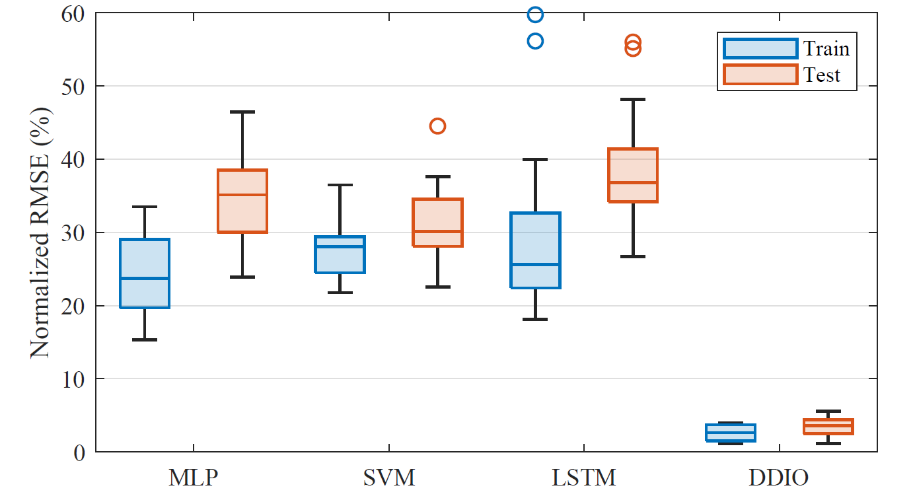- Home
- About Us
- Students
- Academics
-
Faculty
- Electrical Engineering
- Automation
- Computer Science & Engineering
- Electronic Engineering
- Instrument Science and Engineering
- Micro-Nano Electronics
- School of Software
- Academy of Information Technology and Electrical Engineering
- School of Cyber Security
- Electrical and Electronic Experimental Teaching Center
- Center for Advanced Electronic Materials and Devices
- Cooperative Medianet Innovation Center
- Alumni
-
Positions
-
Forum
News
- · Shanghai Jiao Tong University professors Lian Yong and Wang Guoxing's team have made remarkable progress in the field of high-efficiency pulse neural network accelerator chips.
- · AI + Urban Science research by AI Institute was selected as cover story in Nature Computational Science!
- · The first time in Asia! IPADS's Microkernel Operating System Research Wins the Best Paper Award at SOSP 2023
- · Delegation from the Institution of Engineering and Technology Visits the School of Electronic Information and Electrical Engineering for Journal Collaboration
- · Associate professor Liangjun Lu and research fellow Jiangbing Du from Shanghai Jiao Tong University made important advancements on large capacity and low power consumption data transmission
SEIEE faculty Zhenfei Tan and Zheng Yan published important innovations in electricity load modeling in IEEE Power Engineering Letters
Recently, a paper entitled “Data-Driven Inverse Optimization for Modeling Intertemporally Responsive Loads” by Zhenfei Tan and Zheng Yan from the Department of Electrical Engineering, School of Electronic Information and Electrical Engineering, Shanghai Jiao Tong University was published in IEEE Power Engineering Letters. This paper develops a novel modeling framework for identifying flexible load response behavior using historical data. The first author of the paper is Zhenfei Tan, and the corresponding author is Professor Zheng Yan. Collaborators include Professor Qing Xia from Tsinghua University and Senior Engineer Yang Wang from Beijing Tsintergy Technology Co., Ltd.
Major Contributions
With the development of the energy internet and power market, electricity customers are gaining the ability and motivation to adjust power consumption according to electricity price signals. In this scenario, how to accurately characterize the price response behavior of flexible loads is crucial for power system operation and electricity trading. Flexible loads, such as smart buildings and charging stations, independently decide their electricity demand based on electricity price. The system operator can only observe the aggregated power curve of flexible loads. However, the system operator cannot obtain the equipment parameters and specific decision-making process of flexible loads, which poses obstacles to the accurate anticipation and guidance of the load response behavior. To this end, this paper proposes a data-driven inverse optimization (DDIO)-based load response modeling framework. Inverse optimization refers to inferring the structure and parameters of a decision model through its optimal response data. For the load response modeling problem, a parameterized surrogate model is established based on prior knowledge of flexible load types. Based on historical data, the parameters of the surrogate model are determined to make its optimal response to electricity price optimally mimic the observed load curve, which realizes the analytical modeling of decision and response behaviors of flexible loads. The DDIO-based load response modeling has the advantages of high accuracy, few-shot learning ability, strong generalization ability, and convenience for being embedded in optimization problems. The load response model identified by the DDIO can be applied to the optimal operation of the power system by anticipating load response behavior in advance. With the development of the retail electricity market, the proposed method can also help electricity retailers to set the optimal pricing strategy and demand response guidance strategy.

Load modeling framework based on the DDIO
Technique Features
Compared with general machine learning methods such as the neural network model, the DDIO-based method has the following superiorities for modeling flexible load response.
Linear formulation. The modeling results of neural networks are nonlinear, which will jeopardize the efficient solution of the optimal dispatch problem of the power system. The proposed DDIO-based method characterizes the load response behavior using a linear surrogate model, which can be easily embedded in the decision-making program of system dispatch and will not improve the computational burden.
Few-shot learning and strong generalization ability. The DDIO-based method integrates prior knowledge into the surrogate model, which has a small number of parameters to be determined. This model can be trained and updated online via a small number of data samples and has a strong generalization ability on new samples.
High accuracy. Compared with the multilayer perceptron (MLP), support vector machine (SVM), and long short-term memory (LSTM), the DDIO-based load response modeling improves the accuracy by more than 15% and has a more narrow error distribution.

Comparison of modeling accuracy
Publication Information
IEEE Power Engineering Letters is a section of the IEEE Transactions, which offers a vehicle that speeds the publication of new results, discoveries, and developments and focuses on contributions defining emerging problems and special needs in specific areas. Compared to regular papers, it places more emphasis on broadening the scope and pointing out potential enhancements to existing and established technologies. An average of 70 papers are accepted by IEEE Power Engineering Letters each year (accounting for 5% of regular papers).
The present paper can be downloaded through: https://ieeexplore.ieee.org/document/10138510
-
Students
-
Faculty/Staff
-
Alumni
-
Vistors
-
Quick Links
